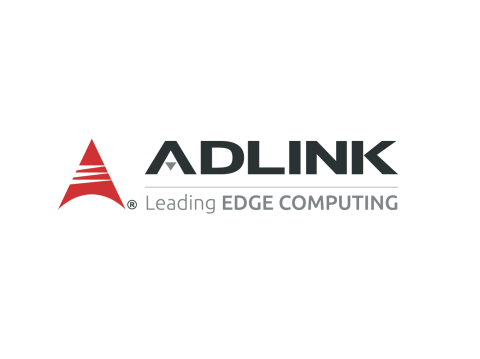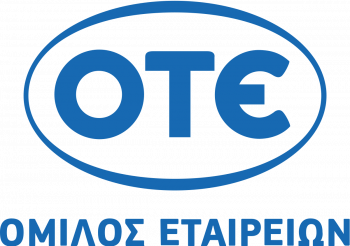The success of Beyond 5G (B5G) systems will largely depend on the quality of the Network Intelligence (NI) that will fully automate network management. Artificial Intelligence (AI) models are commonly regarded as the cornerstone for NI design; indeed, AI models have proven extremely successful at solving hard problems that require inferring complex relationships from entangled and massive (e.g., traffic) data. However, AI is not the best solution for every NI task; and, when it is, the dominating trend of plugging ‘vanilla’ AI into network controllers and orchestrators is not a sensible choice.
Departing from the current hype around AI, DAEMON will set forth a pragmatic approach to NI design. The project will carry out a systematic analysis of which NI tasks are appropriately solved with AI models, providing a solid set of guidelines for the use of machine learning in network functions. For those problems where AI is a suitable tool, DAEMON will design tailored AI models that respond to the specific needs of network functions, taking advantage of the most recent advances in machine learning. Building on these models, DAEMON will design an end-to-end NI-native architecture for B5G that fully coordinates NI-assisted functionalities.
The advances to NI devised by DAEMON will be applied in practical network settings to: (i) deliver extremely high performance while making an efficient use of the underlying radio and computational resources; (ii) reduce the energy footprint of mobile networks; and (iii) provide extremely high reliability beyond that of 5G systems. To achieve this, DAEMON will design practical algorithms for eight concrete NI-assisted functionalities, carefully selected to achieve the objectives above. The performance of the DAEMON algorithms will be evaluated in real-world conditions via four experimental sites, and at scale with data-driven approaches based on two nationwide traffic measurement datasets, against nine ambitious yet feasible KPI targets.

This project has received funding from the European Union’s Horizon 2020 research and innovation programme under grant agreement No.101017109.















